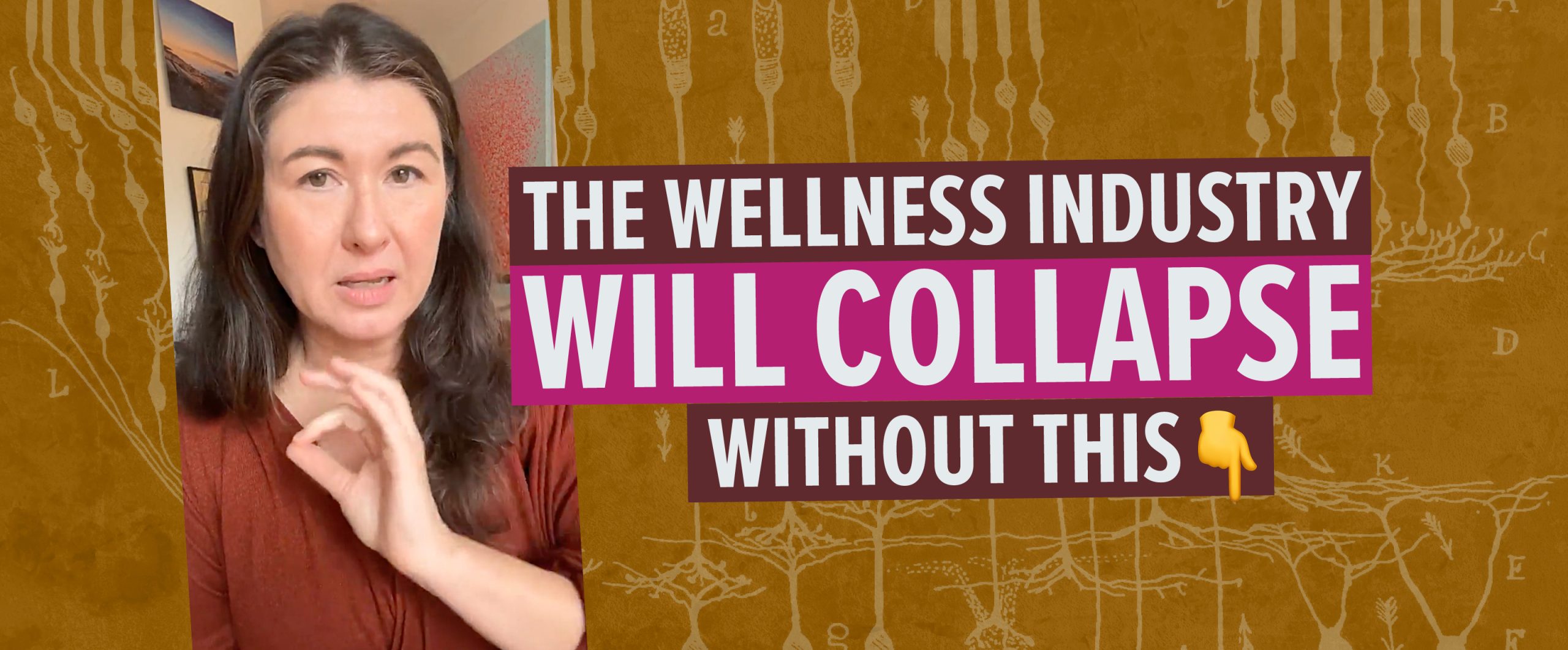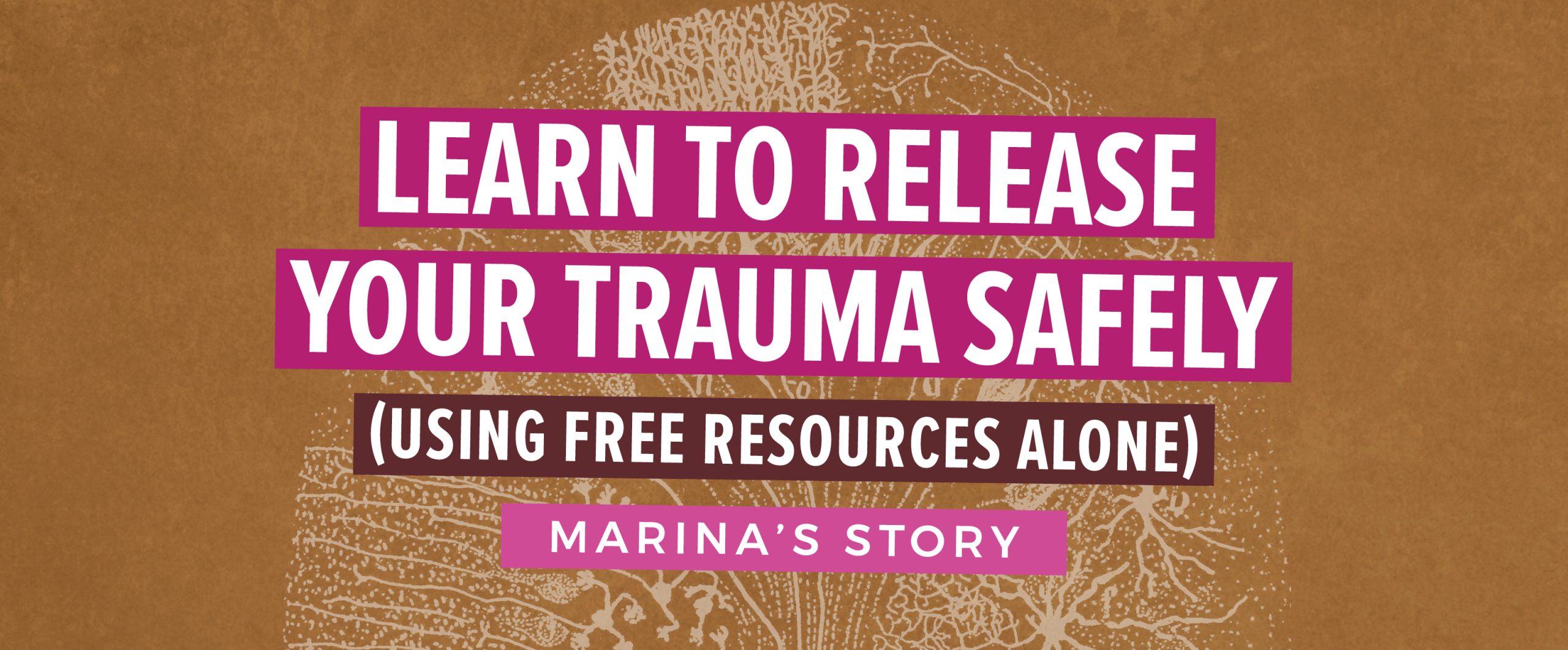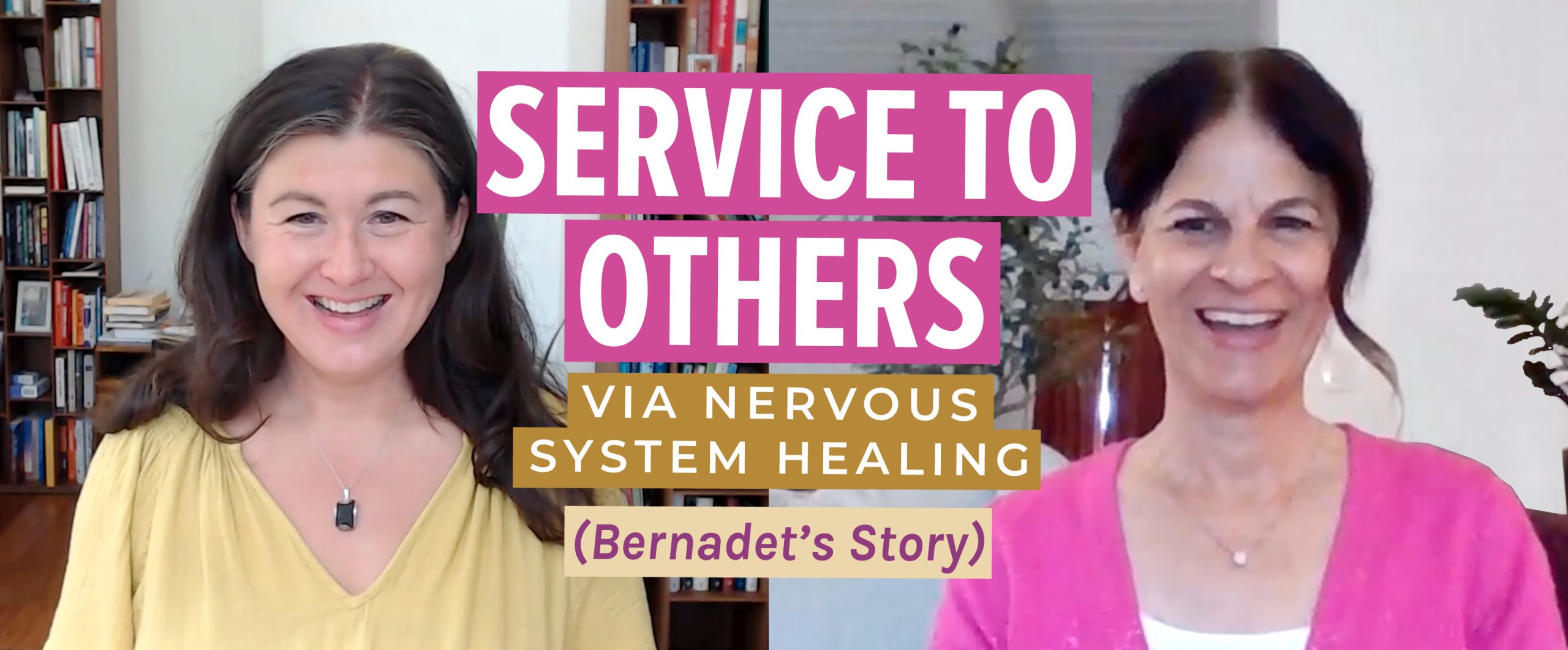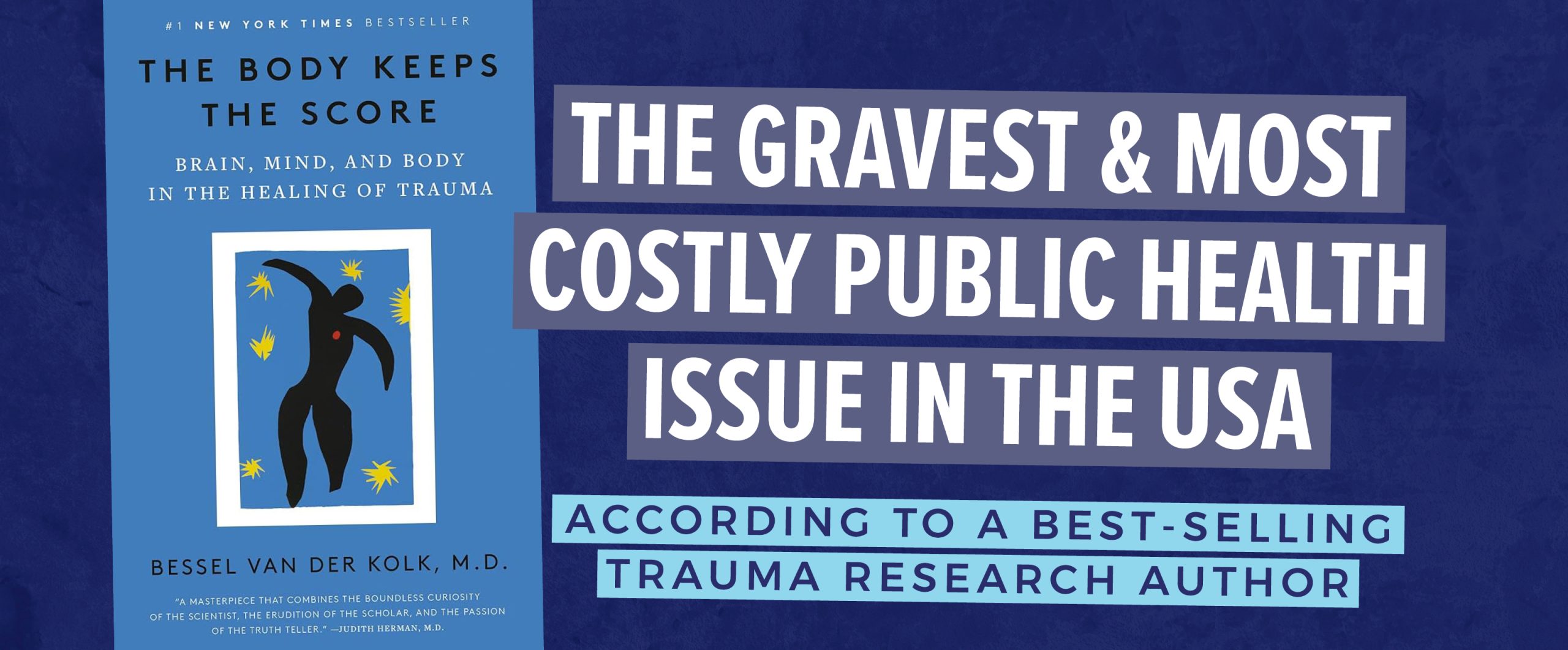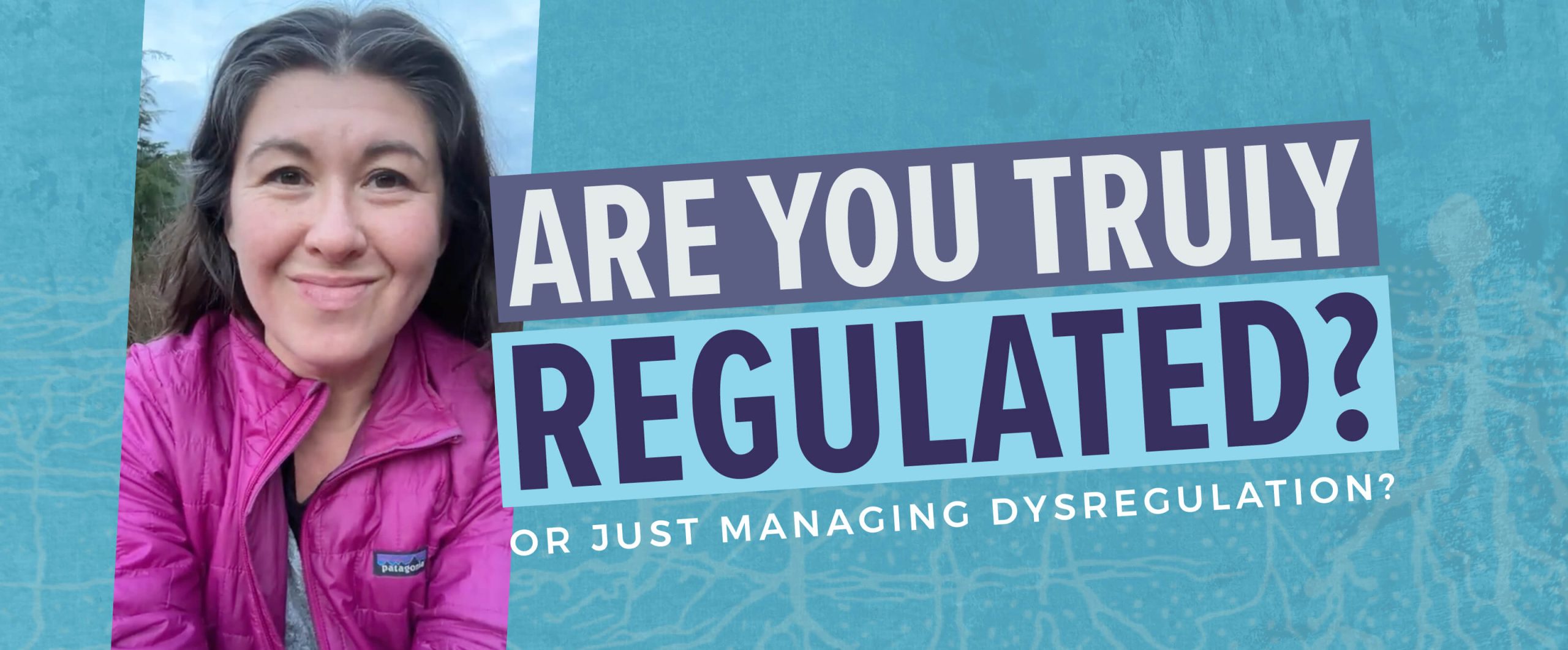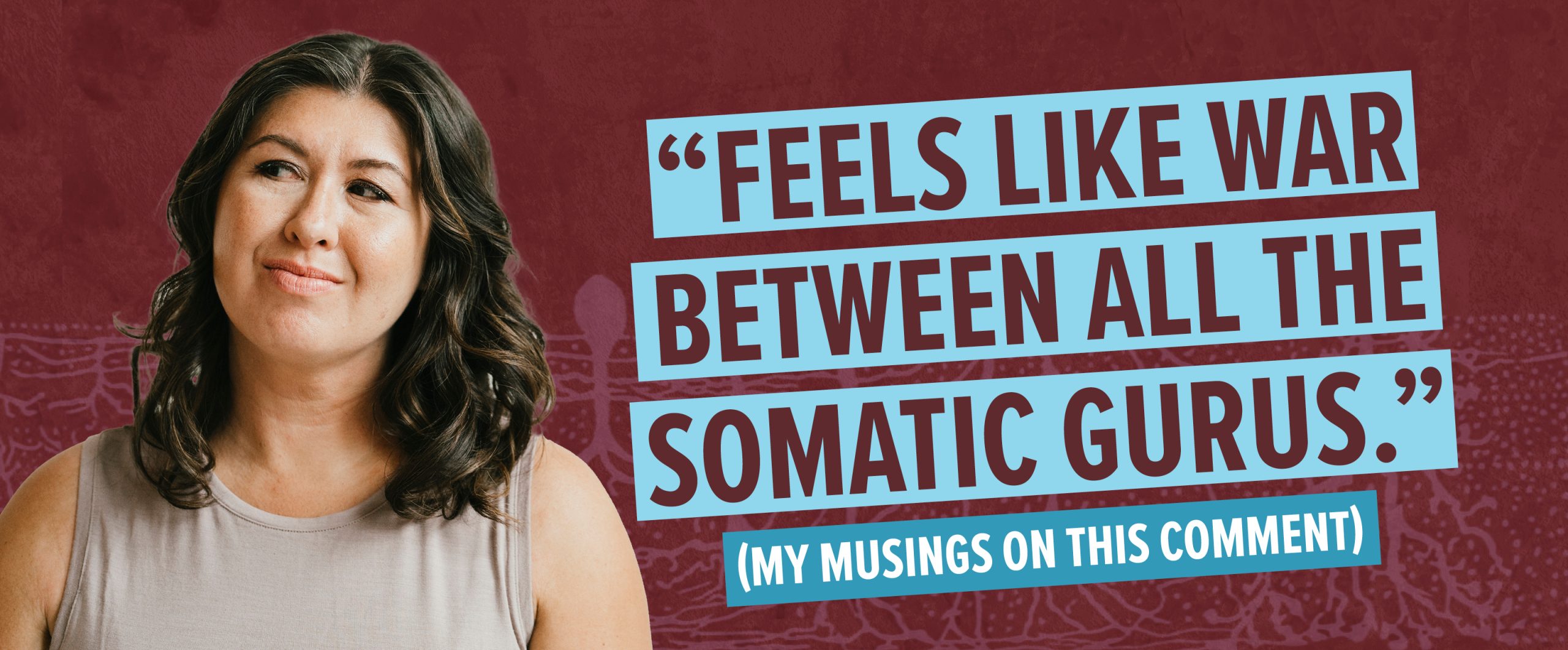I get a lot of the same questions from folk, trying to ‘figure out’ what I do, or how ‘I work’.
It’s not an easy bunch of questions to answer because everyone is different and we all have different experiences with body-work, body-based forms of psychotherapy, movement classes etc. And of course, how ‘I work’ will be very different from someone who may have the same credentials and training as me.
The best way to truly ‘get’ what I do is to do a private session, or come to a group class, but for now, start with these FAQ’s.
//
1. Is this like Yoga?
Often, people compare what I do to yoga (also to Pilates & Massage).
That’s OK.
But it’s quite far from those comparisons.
It’s not better or worse, it’s just at another level. What I teach can enhance and complement those modalities, but it doesn’t necessarily replace them.
2. Is this Energy Work?
Energy really is everything – so here’s my answer:
I work at the biological and functional levels of the human system. Within these systems energy exists.
Here are some examples:
- We need it (energy) for our cells to function and our muscles to contract so we can move.
- Energy gets broken down when we use our body, for example in our muscles when we run, or in our brain cells when we are thinking.
- Energy is replaced when we eat and rest.
- Energy can also be held in places throughout the body due to stress or trauma.
In this last example, if something happens in one of our sessions that allows any ‘held’ energy to be released, then I help you find a way to release this energy from your system. It’s not voodoo or witchcraft. It is simply the natural intelligence of the body and your nervous system doing what it wants. And CRAVES. Often its release is felt as heat, or shaking, or coolness or tingling, or twitches, or a bit of everything – everyone is different.
Then there is the concept of energy flow. The Chinese call it ‘Qi’, or ‘Chi’, the Yogis call it ‘Prana’, or ‘Pranayama’. Call it what you’d like, but in essence when all the pieces of the body, function and biology integrate freely, with one another, and in relationship to the environment, energy flow can be felt and this is a very good thing.
3. Is what you do similar to classic talk-therapy?
No it isn’t.
Somatic Experiencing – one of the modalities I practice that may look like classic talk therapy from an innocent bystanders perspective – is an approach in resolving and helping traumatic pieces that might be caught in our body find an exit point and release. We definitely “talk”, but talking is merely an entry point for you to learn what is going on inside of your entire system so that you can navigate a little easier your up’s, down’s and all the in-betweens.
What we do is heavily body-based as opposed to psyche-based.
Instead of me being your ‘therapist’, I guide you so you begin to be your own body-‘therapist’.
4. Lately, I’ve heard a lot about “Neuroplasticity”, do you work with this?
YES. Oh yes. Do I EVER!
Everything I do has to do with this term ‘neuroplasticity’, which is basically the brain and nervous system’s ability to shape shift and change for the better.
I do take things one-step further:
We take the changes that happen in your brain and body and integrate them into your everyday world.
This goes back to that idea of function.
For example, you might get better balance and more mobility in your feet, but can you actually apply these changes to how you walk to work, or run on the beach?
Or, you might be able to learn how to calm yourself down from a heightened state of anxiety while we work together, but will you be able to take this into action the moment you are in traffic, or sandwiched between people on the subway?
I always want to make sure you can integrate the body/brain changes into your real world.
5. How often do we need to work together?
This is highly individual. But I will get you to ponder this:
If you want to learn how to play a new musical instrument (or insert anything that requires your body, senses and skill) would you practice just once per week, and expect to see great see results?
Most likely not. And definitely not if you are serious about learning and picking up a new skill.
How serious are you?
What we do together is a very savvy form of human learning.
I may suggest you work with me 3x/week at the start, or I may suggest only 1x/week, or I may even suggest combining our work with another form of bodywork (my favourites are craniosacral therapy, osteopathy, Chinese medicine, massage), or I may suggest a change/addition of exercise/fitness – you see, it really depends on you and what you need help with.
6. Will I be given exercises or homework to do between sessions?
Always!
It might be something as simple as paying attention to when you might hold your breath, or when you lock your knee joints in a standing position, or it could be as much as an audio lesson done 3x/week. Or, I may say (and yes, I’ve suggested this many times),
“Just take a load off and do nothing”.
Again, this is highly individual.
7. How long do the effects of a session last?
Very common question, cause everyone wants amazing effects to last forever.…(ah, forever).
Again, it really depends on the individual.
The key piece to remember is that our work together is geared to help you learn how to be your own health curator and personal medicine, meaning you are responsible for your progress and how much you choose to remember and integrate into your daily life.
8. Does what we do affect other areas of my body?
Absolutely!
“Function Melts Form”
I LOVE those three words. (It’s a title from a chapter in a book called “How buildings learn”, by Stewart Brand.)
What this means is that as the function of as specific artifact (in the case of the book I just mentioned, a building, changes) so do the structures within it.
This is EXACTLY the same with body.
When you work at changing things on the level of function and biology other stuff in that structure (entity, organism) just has to change too.
You make your function better (easier walking, better reaching under the car seat, sitting at your computer) and the form (the shape and quality of your muscles, tissues etc.) changes too. It’s a two for one, or a win-win situation.
//

